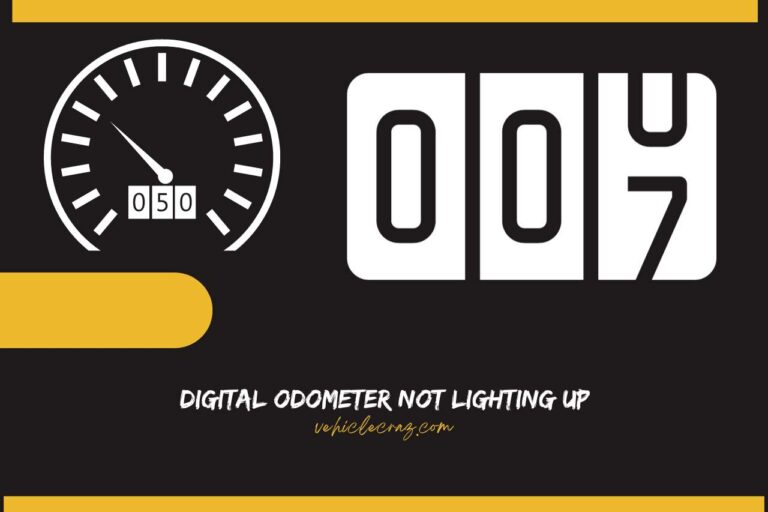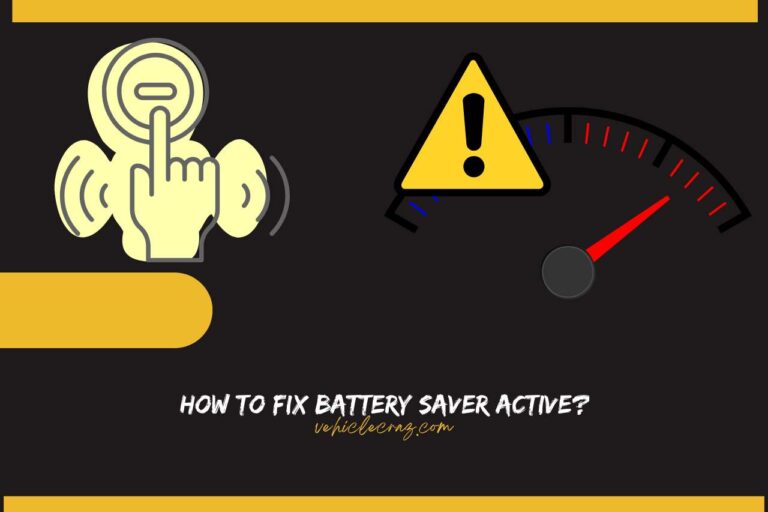Can Too Much Fuel Stabilizer Be Bad?
Do you think you just added too much fuel stabilizer? Can too much fuel stabilizer be bad? Well, using too much fuel stabilizer can have some drawbacks. However, don’t panic. We will let you know everything in this article.
Can Too Much Fuel Stabilizer Be Bad?
Yes, using too much fuel stabilizer can have negative effects, although the exact consequences can vary depending on the specific product and the amount used. Here are some potential drawbacks of using too much fuel stabilizer:
Reduced Effectiveness
Using more stabilizer than recommended does not necessarily provide better protection. In fact, excessive stabilizer can saturate the fuel, reducing its ability to absorb moisture and potentially diminishing its effectiveness in preventing fuel degradation.
Fuel System Issues
Excessive stabilizer can lead to the formation of deposits in the fuel system, including the fuel tank, fuel lines, and injectors. These deposits can clog fuel filters and injectors, leading to engine performance issues such as rough idling, poor acceleration, and decreased fuel efficiency.
Engine Damage
In severe cases, using too much stabilizer can lead to engine damage. Excess stabilizer can interfere with the combustion process, causing incomplete combustion and potentially damaging the engine components.
Environmental Impact
Overuse of stabilizer can result in more of the product being released into the environment through exhaust emissions. This can contribute to air pollution and have negative effects on air quality.
What is the Correct Amount of Fuel Stabilizer to Add?
In general, most fuel stabilizers recommend adding 1 ounce of stabilizer for every 2.5 gallons of fuel.
The correct amount of fuel stabilizer to add depends on the size of your fuel tank and the specific product you are using. It’s important to follow the manufacturer’s instructions for the correct dosage.
Here’s a general guideline for adding fuel stabilizer:
- Before adding the stabilizer, carefully read the manufacturer’s instructions on the product label.
- Calculate the amount of stabilizer needed based on the size of your fuel tank. For example, if you have a 20-gallon fuel tank, you would need to add 8 ounces of stabilizer (20 gallons / 2.5 = 8).
- Pour the calculated amount of stabilizer into the fuel tank before filling it with fuel. This allows the stabilizer to mix thoroughly with the fuel.
- After adding the stabilizer, run the engine for a few minutes to ensure that the stabilizer is thoroughly mixed with the fuel.
What If I Have Added Too Much Fuel Stabilizer?
If you accidentally add too much fuel stabilizer, there are a few steps you can take to mitigate any potential issues.
Adding more fuel to dilute the stabilizer is not recommended, as this may further increase the concentration of stabilizer in the fuel.
Keep an eye on your engine’s performance after adding too much stabilizer. Look out for any signs of rough idling, poor acceleration, or other unusual behavior.
If possible, use the fuel with the excess stabilizer in a vehicle or equipment that can tolerate it. Running the engine will help burn off the excess stabilizer and reduce the concentration in the fuel.
If you are concerned about the effects of the excess stabilizer, consider consulting a mechanic or fuel system expert for advice. They may be able to provide guidance on how to address the issue based on your specific situation.
How Long Does Stabilizer Take to Dissolve?
The time it takes for a fuel stabilizer to dissolve in gasoline or diesel fuel can vary depending on the specific product and the temperature of the fuel. In general, most fuel stabilizers are designed to dissolve quickly when mixed with fuel and should fully dissolve within a few minutes of agitation or mixing.
However, factors such as the concentration of the stabilizer, the type of stabilizer, and the temperature of the fuel can all affect the dissolution rate. Higher concentrations of stabilizer may take longer to dissolve, while warmer temperatures can speed up the dissolution process.
It’s important to follow the manufacturer’s instructions for the specific product you are using, as they will provide guidance on how long to wait after adding the stabilizer before using the fuel. In general, you should allow a few minutes for the stabilizer to fully dissolve before using the fuel to ensure even distribution throughout the fuel system.
How Much Fuel Stabilizer is Too Much?
Using four times more than the recommended amount of fuel additive is generally considered excessive and can lead to a variety of issues.
It’s important to always follow the manufacturer’s instructions and use the correct amount of fuel stabilizer for your fuel tank size. If you have accidentally used too much stabilizer, it’s a good idea to consult with a mechanic or fuel system expert to assess any potential damage and determine the best course of action.
Is there a method to get rid of the excessive fuel Stabilizer?
Although it is almost impossible to remove excessive fuel stabilizer from fuel, you can try to dilute it by adding more fuel to the tank. This will help reduce the concentration of the stabilizer in the fuel mixture. Depending on the severity of the overdose, you may need to add a significant amount of fresh fuel to dilute the stabilizer effectively.
If dilution alone is not effective, you may need to siphon some of the fuel out of the tank. Use a siphon pump to remove fuel from the tank, taking care to collect it in a suitable container. Be sure to dispose of the excess fuel properly.


I’m Alex, a seasoned mechanical teacher with over 20 years of hands-on experience in Australia. My passion for all things automotive has driven me to establish this blog, aiming to share my wealth of knowledge and expertise with fellow enthusiasts, DIYers, and anyone keen on understanding the mechanics behind the machines we rely on daily.







